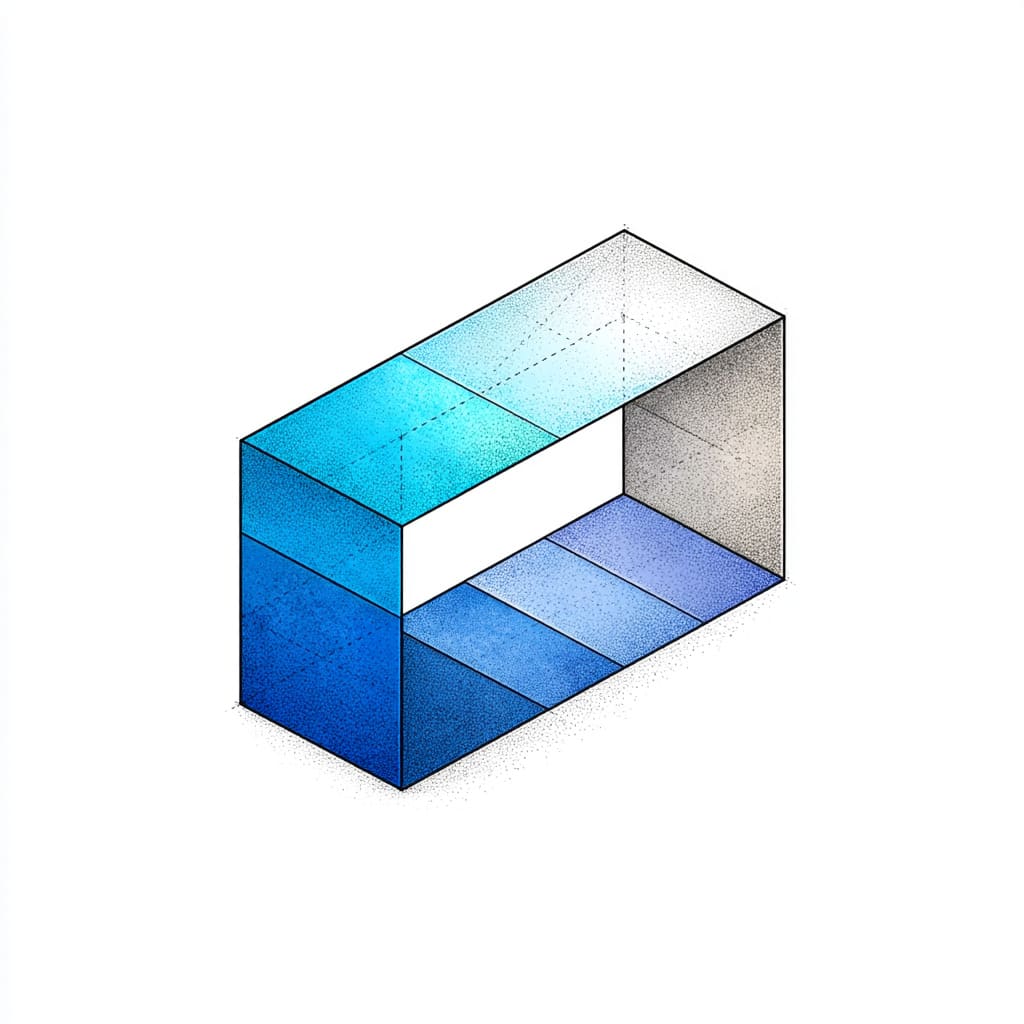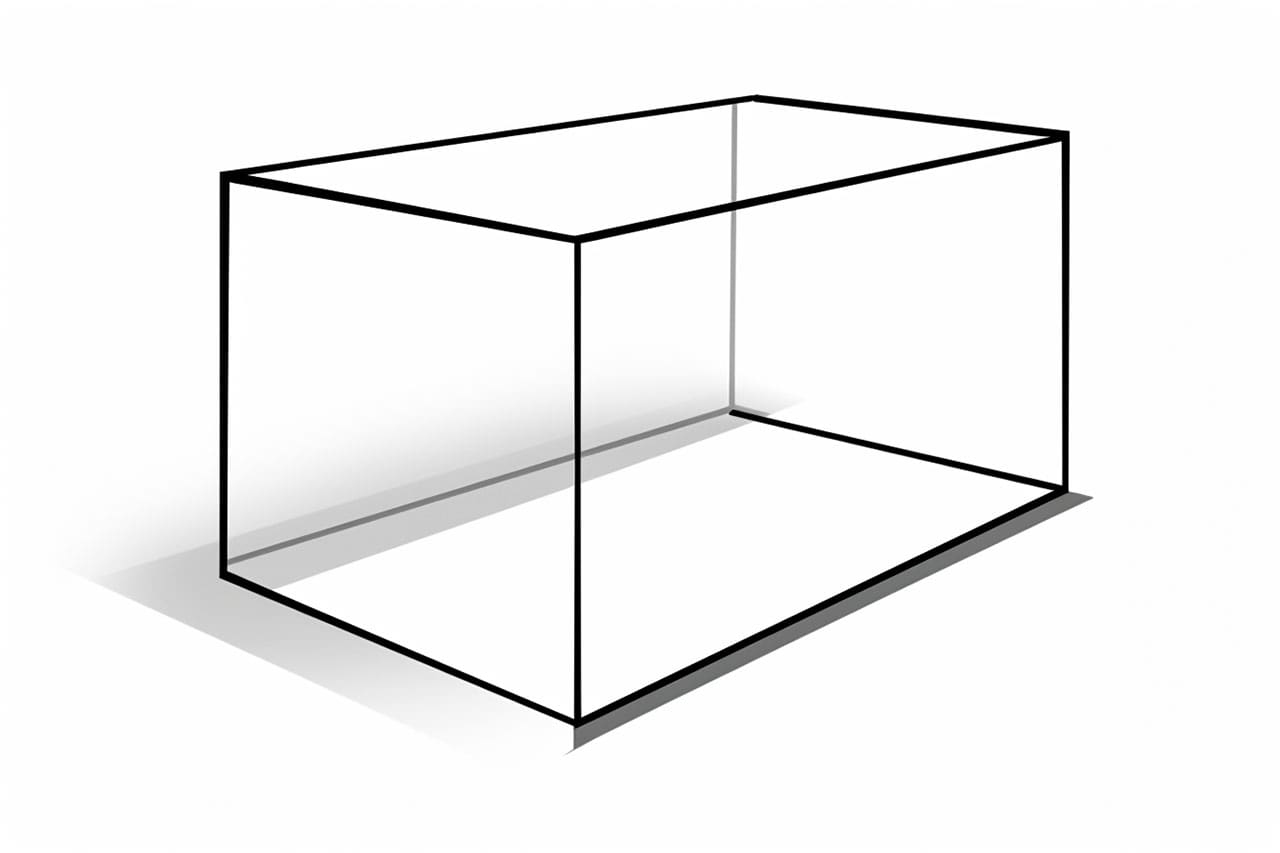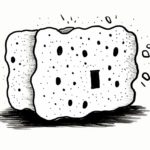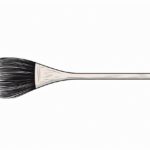
Drawing a rectangular prism can be a fun and rewarding experience. Whether you are an aspiring artist or simply looking to improve your drawing skills, this step-by-step guide will help you create a realistic and proportional rectangular prism. In this article, we will go through the materials needed, followed by detailed instructions on how to draw a rectangular prism. So grab your pencils, paper, and let’s get started!
Materials Required
Before we begin, let’s gather the materials needed for this drawing tutorial. Here’s what you’ll need:
- Paper: Choose a smooth, heavyweight paper that can handle different drawing techniques.
- Pencils: Have a range of graphite pencils available, such as HB, 2B, and 4B. These will help you achieve varying levels of shading and depth.
- Eraser: Select a good quality eraser that can easily remove unwanted lines without smudging.
- Ruler: A straight ruler will assist you in drawing straight and accurate lines.
- Optional: Colored pencils or markers if you wish to add color to your drawing.
Once you have gathered these materials, find a quiet and well-lit space where you can focus on your drawing.
Step 1: Draw the Front and Back Faces
To begin, let’s draw the front and back faces of the rectangular prism. Start by lightly sketching a vertical line. This line will serve as the height of your rectangular prism. Next, draw two parallel horizontal lines below the vertical line. These lines will represent the width of the prism.
Step 2: Add the Side Faces
Next, we will add the side faces of the prism. Draw two vertical lines extending from the top and bottom corners of the front face. These lines should be perpendicular to the horizontal lines we drew earlier. Ensure that the length of these lines is equal to the height of the prism.
Step 3: Connect the Side Faces
Now, we will connect the side faces with horizontal lines. Start by drawing a line between the top corners of the front and back faces. Then, draw a parallel line between the bottom corners. These lines should be perpendicular to the vertical lines we drew in the previous step.
Step 4: Complete the Rectangular Prism
To complete the rectangular prism, draw lines connecting the remaining corners. These lines should be parallel to the front and back faces. Make sure the lines are straight and meet at the appropriate points to maintain the shape of the prism.
Step 5: Add Depth and Shadows
Now that you have drawn the basic shape, it’s time to add depth and shadows to make your rectangular prism appear three-dimensional. Start by determining the light source’s direction to establish where the shadows will fall. Shadows are typically seen on the opposite side of the light source.
Using your pencils, shade the areas of the prism that are facing away from the light source. Apply light pressure with your pencil to create a subtle shading effect. Gradually increase the pressure to darken the shaded areas, especially in the corners and along the connecting edges.
Conclusion
Drawing a rectangular prism may seem challenging at first, but with practice and following these step-by-step instructions, you can achieve impressive results. Remember to take your time, be patient, and pay attention to details. By practicing regularly, you will improve your skills and develop your own unique style.
We hope this guide has been helpful and insightful in teaching you how to draw a rectangular prism. With the right materials, careful observation, and a little creativity, you can create stunning drawings of rectangular prisms. So, grab your pencils, put on your artistic hat, and start drawing!
Fun Facts About Rectangular Prisms
- Rectangular prisms are three-dimensional geometric shapes with six faces, all of which are rectangles.
- They are often used in packaging and design due to their efficient use of space and stability.
- Rectangular prisms are a type of cuboid, a category that includes all shapes with six rectangular faces.
- The volume of a rectangular prism can be calculated by multiplying its length, width, and height together.
- In architecture, rectangular prisms are commonly used in building designs for their structural integrity.
- Many everyday objects, like books, boxes, and bricks, are shaped like rectangular prisms.
- These prisms have 12 edges and 8 vertices, making them easily recognizable in the realm of geometry.
- Rectangular prisms can be used as a model to understand and teach concepts of surface area and volume.
- The concept of rectangular prisms dates back to ancient mathematics, where early civilizations used similar shapes for various applications.
- In art, drawing rectangular prisms helps with understanding perspective and spatial relationships.
Suggestions for Scenes and Settings for Rectangular Prism Drawings
- Cubical Cityscape: Create an urban scene where skyscrapers and buildings are represented as towering rectangular prisms against a sunset backdrop.
- Boxy Labyrinth: Design an intricate maze consisting of interlocking rectangular prisms, challenging viewers to find their way through.
- Industrial Storage: Draw a warehouse scene with stacks of rectangular prism containers, neatly arranged and casting shadows.
- Prism Puzzle: Illustrate an abstract puzzle made of variously sized and colored rectangular prisms interconnected in a complex, 3D pattern.
- Floating Architecture: Imagine a futuristic city constructed on platforms of floating rectangular prisms, hovering above a shimmering sea.
- Prism Parkour: Capture the dynamic energy of a parkour athlete jumping across a series of stacked rectangular prisms in an urban setting.
- Minimalist Room Design: Create an interior scene, utilizing various rectangular prisms as functional furniture like sofas, tables, and bookshelves.
- Prism Sculpture Garden: Design an outdoor art installation with rectangular prism sculptures in varied sizes, textures, and colors.
- Underwater Ruins: Picture an ancient civilization with crumbling rectangular prism structures, submerged and overgrown with marine life.
- Cosmic Playground: Visualize a space-themed playground where children explore and climb on stacked, colorful rectangular prisms under a starry sky.









